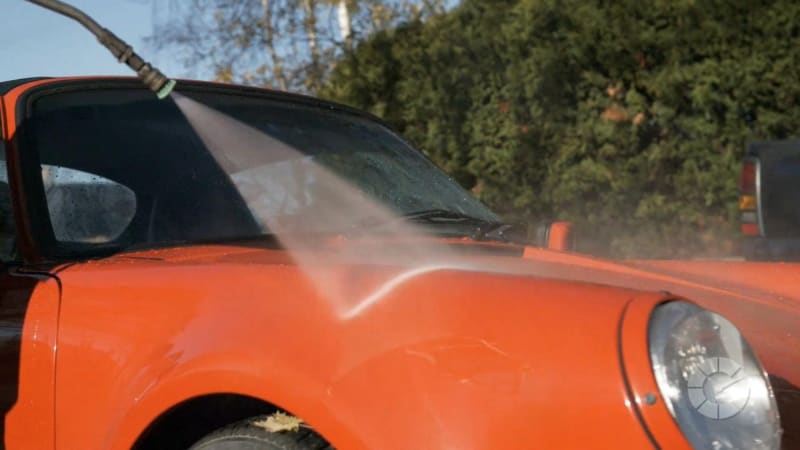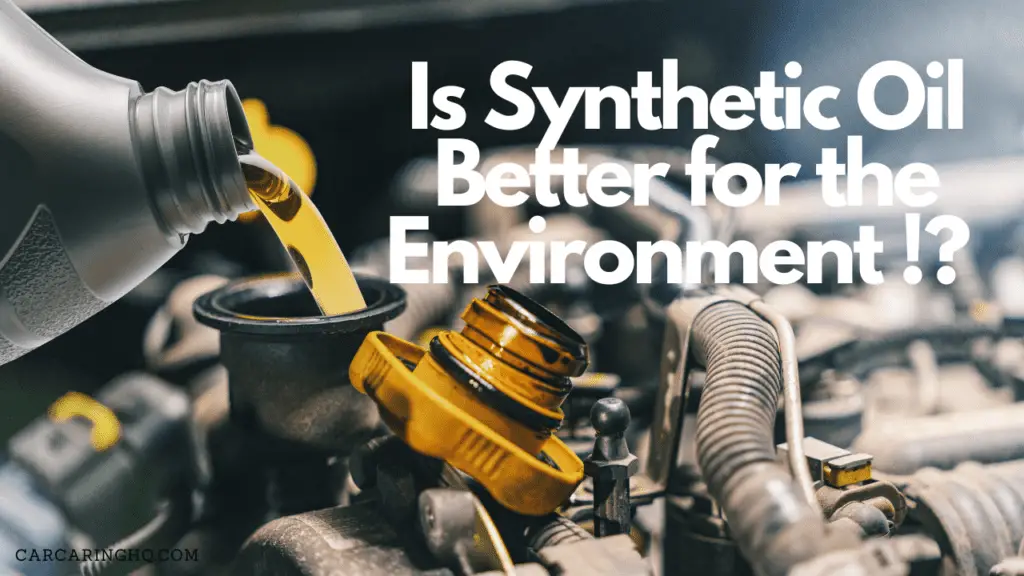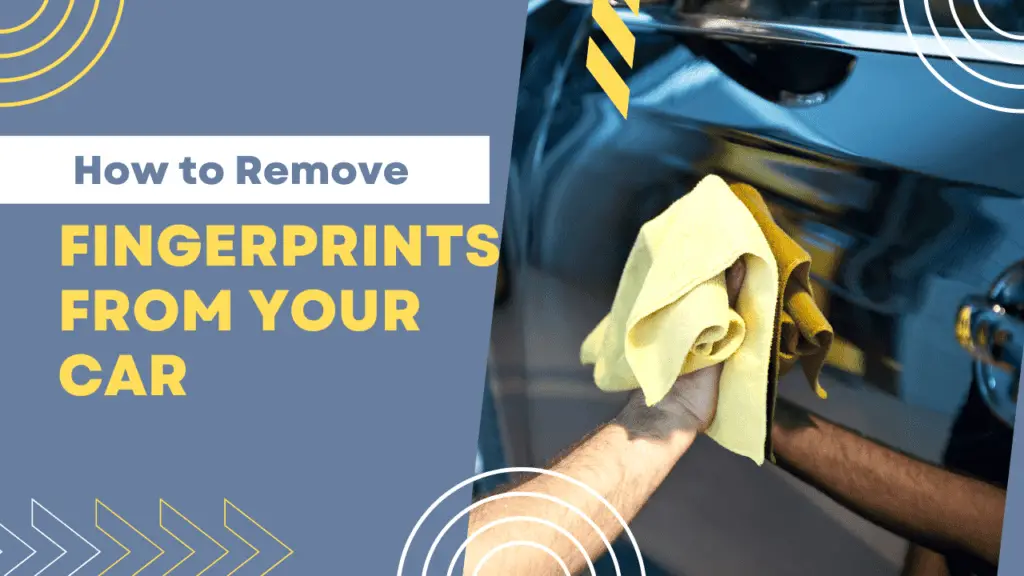In the latest episode of Autoblog Details, the spotlight shifts to cleaning the engine bay—an often-overlooked aspect of car detailing. Before diving into the car’s interior or exterior, focusing on the engine bay is crucial. Why start there, you may ask? It’s because cleaning the engine can be a messy job, with water splashing onto various parts of your car, including the windshield, fenders, and front grill. If you left this for last, you’d risk getting freshly cleaned areas dirty again. Hence, beginning with the engine bay saves time and ensures a more efficient detailing process.
The process starts with a cool engine—not hot—to ensure safety. The first step involves removing large debris like trapped dirt, twigs, and leaves using your hands or compressed air. Covering electrical parts like alternators, air filters, and fuse boxes with plastic bags or aluminum foil is a must to avoid water damage. The cleaning continues with a hose and an all-purpose cleaner, followed by scrubbing with various brushes to get into tight spots. A thorough rinse ensures no cleaner residue is left behind. Finally, drying is done using compressed air or an electric blower combined with a microfiber towel, ensuring a spotless engine bay.
Table of Contents
Why Clean the Engine Bay First?
Cleaning the engine bay before the car’s interior or exterior might seem counterintuitive, but it is a practical necessity. This initial step leverages the fact that cleaning the engine can be a messy task, often splashing water and dirt onto areas like the windshield, fenders, and front grill. If done last, this mess could dirty freshly cleaned parts, making the entire process inefficient. Therefore, starting with the engine bay ensures that any subsequent cleaning is more effective and less redundant.
Additionally, a clean engine bay not only enhances the visual appeal of the car but also aids in identifying potential issues early. Oil leaks, frayed belts, or deteriorated hoses are easier to spot when the engine bay is free from grime and debris. This preventive measure can save time and money in the long run, as small issues can be addressed before they become major problems.
Preparation: Cooling and Initial Debris Removal
Before diving into the cleaning process, it’s crucial to ensure the engine is cool or only slightly warm. Working on a hot engine can be dangerous and could lead to burns or other injuries. If the engine is too hot, it’s advisable to leave the hood open for about 30 minutes to allow it to cool down while you start with the car’s interior cleaning.
Once the engine is at a safe temperature, the next step is to manually remove any large debris such as trapped dirt, twigs, and leaves. Using your hands or compressed air is the most effective way to do this, as it prevents creating a messy sludge that could further complicate the cleaning process. This initial step is essential for making the subsequent cleaning stages more manageable.
Protecting Sensitive Components
One of the most critical steps in cleaning an engine bay is protecting the sensitive electrical components. This includes alternators, air filters, and fuse boxes, which can be damaged by water exposure. Covering these parts with plastic bags, aluminum foil, or plastic wrap provides a safeguard against accidental water contact.
It’s also wise to wrap any exposed dipsticks with tape to prevent water from seeping down into the oil reservoir. This precautionary measure ensures that the cleaning process does not inadvertently cause more harm than good, maintaining the vehicle’s overall functionality and performance.
Cleaning Process: Rinsing and Scrubbing
With preparations in place, the actual cleaning can begin. Start by using a hose with a wide or fan spray setting to lightly rinse down the engine bay. Follow this up by generously applying an all-purpose cleaner, taking care to avoid over-spraying onto the paint. As the cleaner is applied, scrub the engine parts using a variety of brushes, such as a wheel brush, paint brush, or even a toothbrush for those tight, hard-to-reach spots.
Be mindful not to let the cleaner dry on the engine parts. If you notice the cleaner starting to dry prematurely, lightly rinse the area again. After thoroughly scrubbing, rinse off all the cleaner, making sure to remove any residue. Double-check areas that might have been missed and repeat the steps if necessary. This ensures a clean, grime-free engine bay, significantly improving the overall look and functionality of the vehicle.
Drying and Final Touches
Once the engine bay is clean, it’s essential to dry it properly to prevent water spots and potential rust. Using compressed air or an electric blower, while simultaneously wiping with a microfiber towel, is an efficient way to ensure thorough drying. After most of the water is removed, carefully take off any protective coverings from the electrical components.
Next, start the engine and let it run for a few minutes. This helps evaporate any remaining moisture and checks that all components are functioning correctly. As a final touch, apply a water-based tire dressing to the engine components. This not only gives a polished look but also helps in repelling dust and dirt. Wipe down any excess dressing to prevent it from attracting more grime. Regularly cleaning the engine bay, at least twice a year, keeps the car in optimal condition and adds to its longevity.
Regularly cleaning your engine bay at least twice a year is essential for maintaining your vehicle’s performance and longevity. When the engine bay is clean, it becomes much easier to spot potential issues like oil leaks, frayed belts, or deteriorated hoses, allowing you to address them before they turn into costly repairs. Neglecting this area can lead to grime buildup, which can hamper the engine’s efficiency and potentially cause damage over time.
Additionally, a clean engine bay enhances the overall appearance of your vehicle. Even though it’s not the most visible part, having a well-maintained engine compartment reflects your attention to detail and care for your car. It’s a critical step that shouldn’t be overlooked in your car detailing routine, saving you time and ensuring your vehicle remains in top condition.







